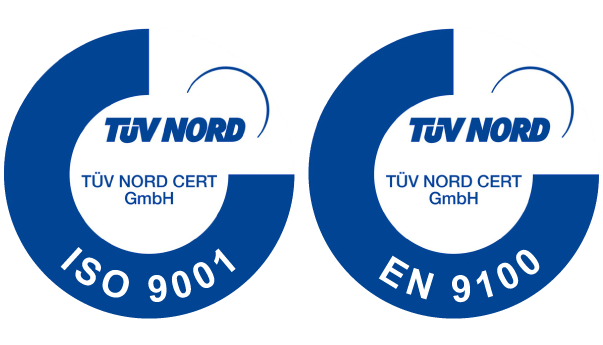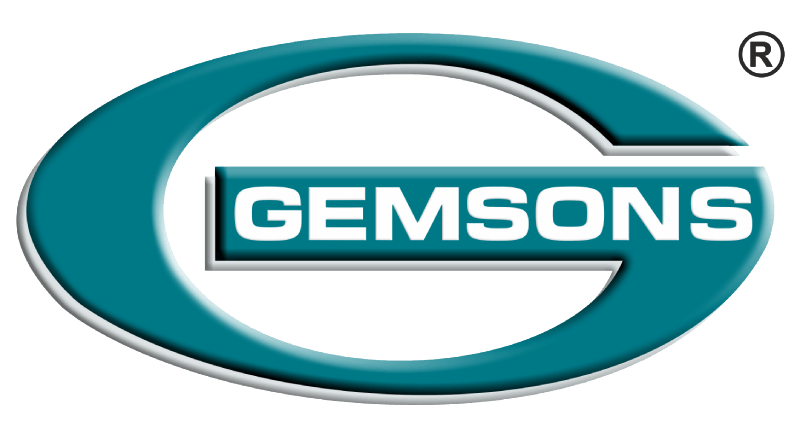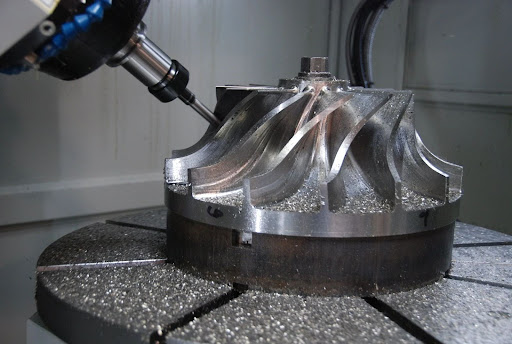The incredible part of 5-axis CNC machining lies within the integration of simplification and complexity in the manufacturing process. All that for an intricate design, high precision, and quicker production time offers it all. But with this power comes a set of challenges. Manufacturers applying 5-axis CNC machines often face challenges that might affect productivity, precision, and cost efficiency.
In this blog, we’ll examine the issues with 5 axis CNC machining services and how you can overcome them so that manufacturers can take full advantage of this leading-edge technology.
What is 5-Axis CNC Machining?
The possibility of such 5-axis CNC machining is due to moving cutters or parts along five axes at the same time. Unlike conventional 3-axis machines, which can have three linear axes (X, Y, and Z), the 5-axis machine further provides two rotational axes (A and B) that provide more flexibility in manufacturing complex parts in a single set-up. In aerospace, automotive, and medical device manufacturing industries, the process relies heavily on precision and complexity.
Real-World Challenges in 5-Axis CNC Machining
Complex Programming Requirements
One of the big challenges with 5-axis CNC machining lies in the complexity of the programming that needs to be done. There are five axes to a movement, and programming a machine to make the right tool path is complex work that requires superior knowledge. A small programming mistake may cause a tool collision, part errors, or even damage to the machine.
Solution: Further investment in advanced CAM software is required for simpler programming processes. The new CAM software will be able to produce optimal tool paths with minimal chances of errors and avoid collisions while machining. In addition, operators need periodic training sessions regarding the use of CAM software to keep production intact.
Tool Accessibility and Interference
With easier access to the required tools, 5-axis machining results in more complicated geometries of parts. Since the cutting tool can access the workpiece from multiple angles, it enhances the chances that it may collide with the workpiece or fixture, or even collide with the machine itself.
Solution: Toolpath planning, optimized, avoids interference between two or more tools. Simulation software lets you visualize the whole machining process ahead of time and avoid interference between the tool and parts of the machine or a fixture. Using even shorter and stiffer tools will ultimately lead to reduced risk from vibration and interference.
Workholding and Fixturing Challenges
It is more difficult to hold a workpiece in place during 5-axis machining services than it is to maintain it during traditional machining. The parts are rotated along their axes, and it may not be possible for them to sit steadily through the entire process. Poor fixturing allows the part to move, compromising quality and accuracy.
Solution: Often, a custom-designed fixture is required with 5-axis machining. These fixtures need to be stiff enough to withstand complex motions without compromising the precision of the part. Another alternative is the modular workholding system, which allows easy adjustment and flexibility in terms of machining different parts.
Tool Wear and Tool Life Management
The 5-axis machining puts more wear and tear on the tools, especially for such tools, owing to cutting angles being unconventional or to long production runs on the machine. Tool wear could lead to bad-quality parts and costlier downtime unless managed well.
Solution: This problem can be solved by inspecting the tools at regular intervals and having a tool management system in place. Most 5-axis CNC machines are supplied with a tool monitoring system that detects wear patterns, enabling one to plan for predictive maintenance. Long tool life can also be achieved by using quality cutting tools tailored to 5-axis machining applications.
Thermal Stability and Accuracy
Since 5-axis machines work for relatively long periods of time, thermal expansion becomes an issue for both the machine itself and its workpiece, affecting the desired accuracy of the produced part. The biggest problem areas in this sense are the aerospace and medical devices industries, where even the tiniest deviation might make the particular part useless.
Solution: Thermally controlled environments and machines with thermal compensation features can negate the effects of thermal expansion. A lot of newer 5-axis machines have sensors that adjust the path that the tool takes and machine movement based on real-time reading of temperature. Also, allowing machines to warm up before utilizing it at high precision helps in minimizing errors.
Machine Calibration and Maintenance
5-axis CNC machines are more complicated. Thus, they require time-to-time calibration and maintenance. Calibration errors may result in generating incorrectly manufactured parts, whereas partial maintenance may lead to machine breakdown, which is instead a costly form of delay.
Solution: To prevent getting the best out of 5-axis CNC machines, the maintenance and calibration schedule should be established. Specific alignment, lubrication, and tool integrity checks must be conducted to the operators with regard to the assurance of results as precise. However, in many cases, there will be a manual check to be carried out within time to prevent those potential hazards.
Conclusion
While there are indeed real-world challenges with 5-axis CNC machining, the proper strategies, tools, and technologies can certainly overcome those challenges. Manufacturers can exploit the full capabilities of 5-axis machines for the efficient production of high-precision complex parts.
We are proud to be at the front in 5-axis CNC machining services for unmatched precision. We are fully empowered to produce even the most intricate, high-tolerance parts for clients of high standards of quality and efficiency.



Recent Comments